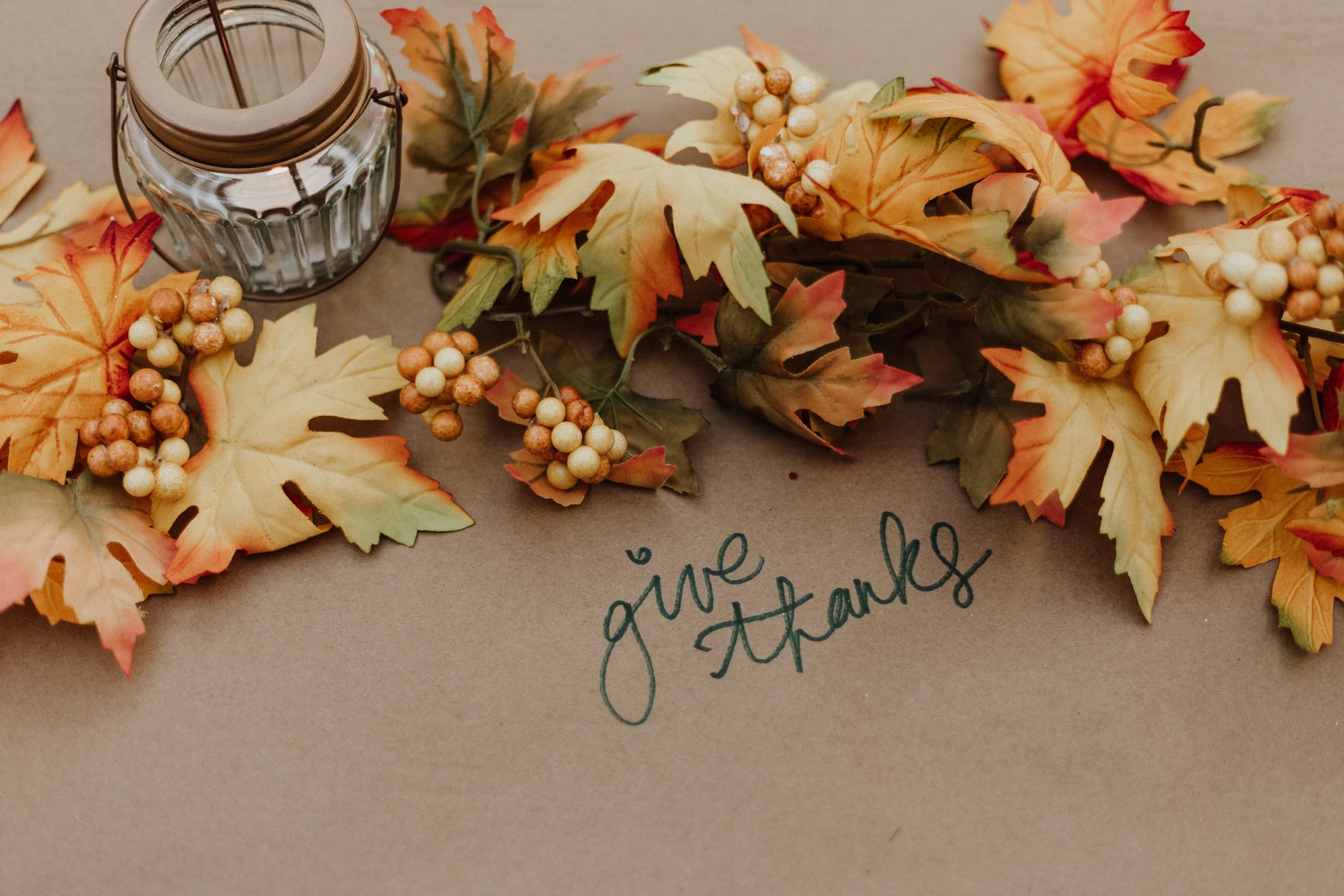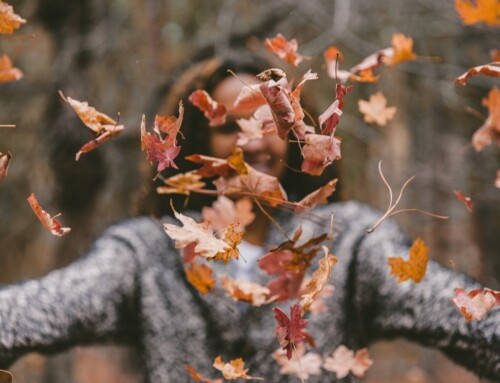I recently celebrated a milestone birthday with family, friends, and neighbors. In my “mature” age, I’ve been thinking about the nature of life, complete with its ups and downs, and the moments in between. I find these moments to be like pauses that soften the rough edges of daily stressors from the pandemic, the workplace, relationships, politics, and more.
Now, here come the holidays. The holidays bring a host of stressors, as well – family dynamics, financial challenges, sleep deprivation, and overindulgence to name a few. These stressors can pile up to where unwanted and difficult experiences and feelings reign supreme if we let them.
But we don’t have to let them. One way to take action without adding more to your plate is to cultivate more “in-between” moments. These moments can be the most welcome. They tend to bring about a sense of ease, contentment, or room for something new to emerge.
By integrating mindfulness and strengths into what you’re already doing, you can create more of these moments. The short Mindful Activity practice below will show you how.

The Inspiration
Mindfulness is often a misunderstood practice. Many people think of it as creating a serene space with comfy pillows and incense, sitting still, and meditating. It’s true that one can have a mindful meditation practice; but meditation can also be done mindlessly.
In one word, mindfulness is awareness. You can perform virtually any task with awareness. You can walk, eat, drink, speak, listen, do the dishes, even use your signature strengths with mindfulness. I imagine you also do some of these things mindlessly. We all do.
Mindfulness is about tuning into your thoughts, feelings, and beliefs, and accepting what’s happening internally or externally. Without judgment. Without expecting perfection. It’s about being curious and open about what’s happening here and now. Not yesterday or even a moment ago. Not in the next hour or tomorrow. Right now.
In my experience, mindfulness helps us create space for something to emerge – seeing someone in a way we hadn’t before, a choice we can make, even just a momentary sensation of relief or ease.
For more on mindfulness and its integration with character strengths, visit my most recent blog post.
Examples of Mindful Activities
Perhaps you’re concerned about overeating or drinking during the holidays. If so, practice mindfulness to raise your awareness about what you’re feeling or thinking, whether you’re eating out of boredom or hunger, fully enjoying the flavors and textures of each bite or sip. Elevate your practice with prudence or self-regulation, two strengths that temper our appetites, in a supportive way.
Perhaps you’re concerned about family dynamics as you or an adult child return home for the holidays. If so, try mindful listening. Really hear what others have to say without reacting. Focus on their body language and the meaning of their message. Think about your reply and speak mindfully when you respond. Add perseverance or honesty, strengths of courage, to keep listening even when you feel like jumping in.
Maybe you simply wish to fully enjoy a walk in nature with a grandchild. Tune in to his or her laugh, your surroundings, the sensation of the sun or rain on your skin, whatever is happening within and around you. Tune into a transcendent strength like gratitude or spirituality. Of course, the strengths that emerge could change with each experience and moment that passes.
Experiment with this and see where it leads you. Enjoy creating moments of ease, openness, and acceptance as you approach the holidays with the Mindful Activity practice below.
The Practice
-
Start by asking yourself what you want more or less of during the upcoming holidays. More ease, relaxation, or sleep? Less overeating? Less conflict with a relative or child? Choose one activity.
-
Think of the activity you chose in this format: _______ mindfully. For instance, eating mindfully, listening mindfully, walking in nature mindfully.
-
Begin practicing your mindful activity. Know that you might need to remind yourself to practice, as when having a heated moment with a relative. Or you might be able to schedule your mindful practice, as when taking a walk in nature. Reminding yourself to practice might mean the difference between practicing and not practicing. If you find it helpful, place sticky notes, set alerts on your phone, or use your creativity to find another way to remind yourself to practice.
-
If practicing your activity mindfully seems awkward or unclear, try practicing it mindlessly first. If you tend to perform this activity on auto-pilot, this should help you feel the difference.
The Reflection
Right after your practice, or later in the day, take a moment to reflect on your experience with the prompt below. Did your practice lead to greater understanding of yourself or someone else? To a sense of ease or relaxation? To feeling grateful for someone or something?
My mindful practice of _______________ led to __________________.
Feel free to reflect silently, journal, or speak with a trusted friend or professional. Every person’s practice is unique, and so is each experience you will have with your practice.
May you experience more ease during the holidays and every day.
Mindfully and in strength,
Jane




